30 Foods You Probably Didn’t Even Know You Could Freeze
Every savvy shopper knows you should buy in bulk when food items are on sale and find ways to preserve them until needed. While canning, pickling, and dehydrating foods all have their uses and merits, there is a much simpler way to preserve many foods, even prepared foods, for a rainy day. Simply put, pop them in the freezer!
While that seems like a no-brainer for some things, I had no idea until recently just how many foods could be frozen and refreshed. Following is a breakdown of 31 money and time-saving food storage solutions:
Pancakes, Waffles, & French Toast
The next time you whip up a huge batch of any of these breakfast breads, freeze the extras on a cookie sheet and then simply put them in a freezer bag. They can easily be reheated in a microwave, toaster, or toaster oven for quick and delicious breakfasts.
Rice
The next time you cook a big batch of rice, spread the extra on a cookie sheet covered with freezer paper and freeze. When the rice is frozen, just put it in containers or freezer bags for quick and easy rice for your next casserole, soup, or side dish. This is an especially nice time-savor for brown rice that can take a long time to cook.
Marinated Meat
Place your favorite meat in a freezer bag, add marinade, and freeze. Voila! When you are ready to use, just thaw the meat which will be fully marinated and ready to cook.
Corn
Freezing is a great way to preserve corn on the cob. Without removing the silk or husk, just pop ears of corn straight into the freezer. When you’d like fresh corn on the cob, just pop it into the microwave the same way. For a single cob, just cook 4 minutes on high or up that to 5 minutes for two ears. The silk and husk will naturally trap steam and help the corn cook as fresh as the day it was picked!
Cheese
Whole blocks of cheese can be frozen without becoming crumbly if you allow them to thaw completely before refrigerating. Shredded cheese can also be frozen and won’t be clumpy upon thawing if you simply shake in a spoonful of cornstarch or flour before freezing.
Tomatoes
Try oven-roasting Roma tomatoes with a drizzle of olive oil, some fresh herbs, and garlic at 224 degrees for about 4-5 hours. Allow them to cool then transfer to freezer bags for tasty additions to your next chili or homemade tomato sauces.
Pasta
The next time you make pasta, feel free to cook the whole package and freeze leftovers for use in soups and casseroles. Just put cooked pasta in a bag and squeeze out excess air. To reheat simply run under hot water for a few minutes.
Flour and Other Grains
You can control insect activity by freezing flour and grains for long-term storage. Just freeze for a few days before putting in the cupboard. You can also store grains in the freezer, but for best results, you should double wrap the bags to limit condensation and the soaking up of other smells within the freezer.
Pesto
Fresh made (or purchased) pesto can be frozen conveniently in ice cube trays. Once frozen, take the cubes out and pop them in a freezer bag for a neat and convenient portion of pesto the next time you want some.
Mashed Potatoes
You can save extra mashed potatoes for 2 months or more by simply scooping them onto a cookie sheet lined with parchment paper. Freeze until hard then transfer into a freezer bag.
Fruit
The best way to freeze fruit is by first spreading them out on a cookie sheet covered with freezer paper and freezing them before bagging. That way the fruits will remain frozen individually and will be easier to remove the amount you next need. This method works great for apple wedges, peaches, pears, bananas, chunks of melon, pretty much any kind of fruit.
To preserve whole bananas for baking, simply freeze them with the skin on, and when needed for a recipe, just pull out what you need, microwave for a few seconds, then cut off the top and squeeze the contents into your mixing bowl.
Cookie Dough
Make an extra big batch of dough the next time you’re baking cookies. Spoon the extra dough onto a lined cookie sheet and freeze. When solid, put the dough balls into a freezer bag so the next time you want cookies all you have to do is put the balls on a sheet and bake. They will just need an extra minute or two of cook time compared to fresh dough.
Soups and Chili
Leftover soup and chili should be cooled and then transferred to a freezer-friendly container. Leave a little extra space at the top of the container to allow expansion during freezing. For best reheating results, move the container to the fridge to thaw the night before you want to use it, then reheat and enjoy!
Broth and Stock Mixes
By keeping a large empty freezer bag handy, you can preserve and utilize leftover veggie pieces like onion peels, celery stalks, carrot shavings, etc. When the bag starts getting full, use these trimmings to make up a fresh batch of vegetable stock which can also be frozen for future use.
Pan drippings and meat juices from cooking things like chicken can also be preserved in this way and make a wonderful additive to future soups and recipes.
Pies
If you love to bake pies in the fall, you can easily store extras to enjoy throughout the year! Just wrap them with freezer paper and put in a freezer bag until the next time you want a fresh pie. To reheat simply pop in a 200 degree oven for 2 hours.
Every savvy shopper knows you should buy in bulk when food items are on sale and find ways to preserve them until needed. While canning, pickling, and dehydrating foods all have their uses and merits, there is a much simpler way to preserve many foods, even prepared foods, for a rainy day. Simply put, pop them in the freezer!
While that seems like a no-brainer for some things, I had no idea until recently just how many foods could be frozen and refreshed. Following is a breakdown of 31 money and time-saving food storage solutions:
Sandwiches
It can be a great time saver to make and freeze sandwiches in advance for lunches. Simply pull them out of the freezer in the morning and they should be perfectly thawed by lunch time. This works great with peanut butter & jelly or honey. Deli meat and a slice of cheese freeze well also. Condiments and fresh veggies like mayo and tomato should either be packed separately or added in the morning.
Breakfast sandwiches also freeze very well. The next time you cook scrambled eggs and bacon or sausage in bulk, just put the leftovers inside biscuits or English muffins and wrap and freeze individually. When you’d like a fresh breakfast sandwich in a pinch, just grab one out of the freezer, heat it up in the microwave and enjoy!
Potato Chips, Crackers and Pretzels
The next time your local market has a sale, feel free to stock up on chips, crackers, and pretzels. Believe it or not, frozen chips actually taste better! They are extra crispy and the flavors really come across.
Milk
Did you know the reason milk jugs have indents in the side is to allow expansion room for freezing? It’s true! To use frozen milk, let thaw slowly and then shake well before opening to remix any separated solids. Leftover portions of buttermilk can also be frozen and reused.

Juice
Similar to milk, the only concern about freezing juice is leaving room for expansion while freezing. A good guide is to leave about 8 ounces worth of space per half-gallon of juice. This is a great money saver if you stock up on fresh juice while on sale or from a discount store.
Bread, Baked Goods
The next time you’re in baking mode, feel free to make extras. For that matter, stock up on your favorite store bread the next time it is on sale. To defrost, just put the bread in the microwave overnight to preserve more moisture than thawing on the counter.
Buttercream Frosting
It should be a crime to waste good frosting, and it turns out, you don’t need to! The next time you have leftover frosting, save it in the freezer for future use or just for a quick treat. To defrost, let the frosting thaw in the fridge then just give it a quick whip to make it as good as fresh.
Tomato Paste
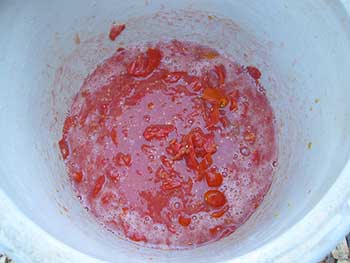
If you hate to waste, and too often come across recipes that only need a tablespoon of tomato paste, there is a super simple way to save the rest for next time. Just put the remainder in a sandwich bag, flatten it out in the freezer, and break off a piece the next time you need some.
Diced Veggies
You can dice fresh onions, bell peppers, and chili’s, and freeze them flat in gallon bags. As the bags begin to firm up, you can press score lines into the portions so when needed, you can easily break off your desired portion.
Homemade and Store-Bought Dough
You can freeze canned biscuits, crescent rolls, pizza dough, and more right in the tube, so stock up the next time they are on sale! You can also preserve homemade bread, dough, pie crust, etc. by rolling into a ball and wrapping in cling wrap before freezing.
Eggs
Yes, you can actually freeze eggs to preserve them. Either crack into an ice cube tray and store in a bag after frozen for convenient use in baking. You can also crack eggs straight into a freezer bag and freeze. To use simply thaw in the refrigerator.
Shredded Chicken This is a great time saver for future use in casseroles or enchiladas. Just cook or buy rotisserie chicken in bulk, shred the leftovers, and freeze in portion bags.
Lemon/Lime Juice and Zest
Fresh lemon and lime juice can be frozen in ice cube trays and then stored in freezer bags. That way you can have “fresh” juice whenever you need it! The zest of lemon and lime peels also freezes and reuses very well.
Herbs
Fresh herbs can be frozen in ice cube trays with either water, leftover stock, or olive oil. The resulting cubes can be put in a freezer bag and the next time you’re making fresh soups or stews, you’ve already got some of the hard work done before you begin!
Homemade Casseroles
The next time you are going to all the effort of making a large casserole or lasagna, just make an extra and freeze the extra for the next time you have a busy day or unexpected company. There are a few methods to freeze such dishes:
Bake the casserole. After allowing it to cool, cut into serving sizes and refreeze for easy heating in t microwave.
Line the base of a casserole dish with freezer paper and add the ingredients as you normally would. Freeze it in the dish, then remove from the dish and store in a bag. When you are ready to use the casserole, unwrap it, place it in the original baking dish, defrost, and cook!
Hamburger
No need to add the extra step of defrosting a pound of hamburger for your next batch of sloppy joes or tacos. Just precook hamburger and portion it out for meals. To use, just pull it out of the freezer, add your seasoning of choice, and microwave three minutes. For crock pot meals like chili, no need to microwave, just add the frozen cooked burger.
Fresh Fish Sticks
Store bought fish sticks are tasteless in comparison… the next time you can buy your favorite fish cheaply, cut some fillets crosswise into “fingers”. Dip those portions in egg, dredge in flour and bread crumbs, then freeze on a lined cookie sheet. When frozen, transfer the fish fingers into freezer bags, and I doubt you will ever want to buy the commercial type of fish sticks again!
 Home and Gardening Ideas At home and Gardening ideas we believe inspiring readers about homesteading, self sufficiency
Home and Gardening Ideas At home and Gardening ideas we believe inspiring readers about homesteading, self sufficiency
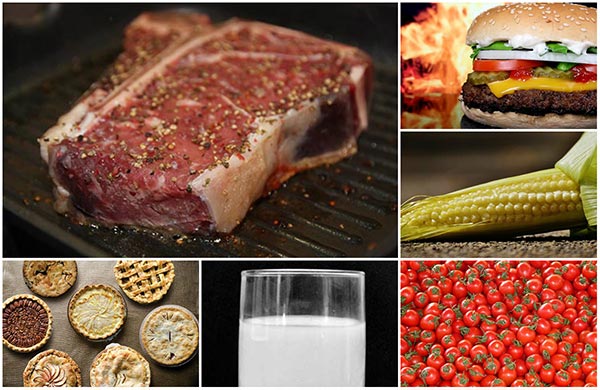

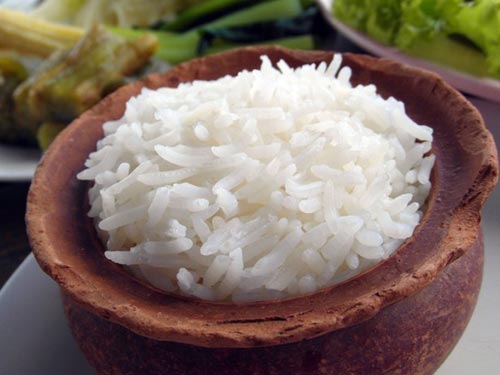
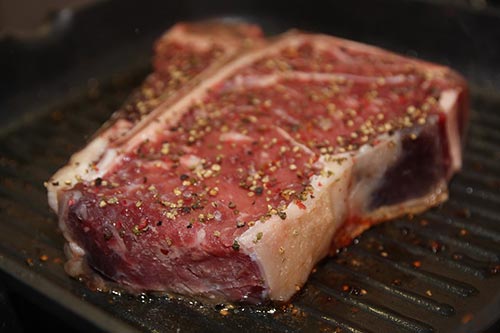
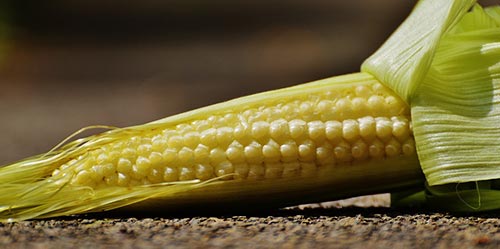

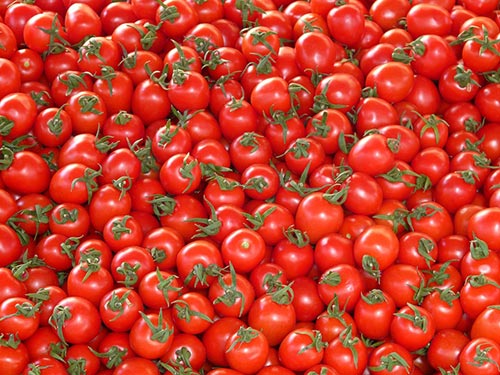

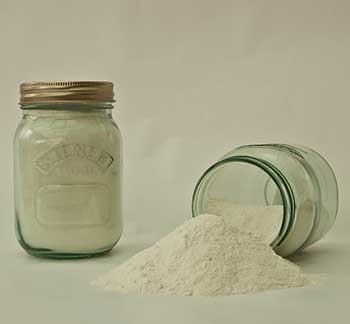
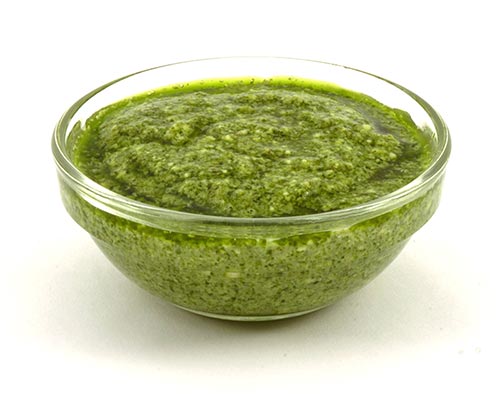
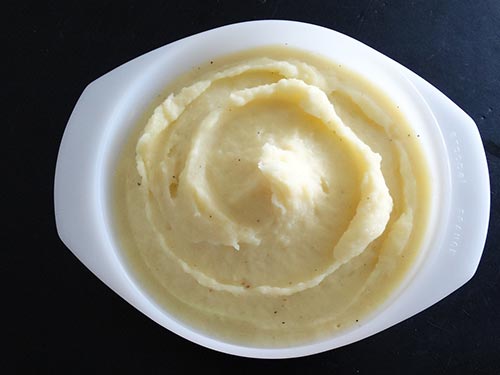



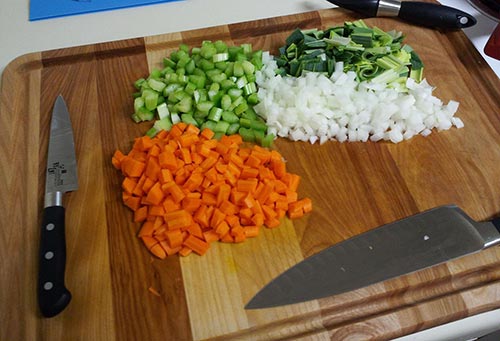
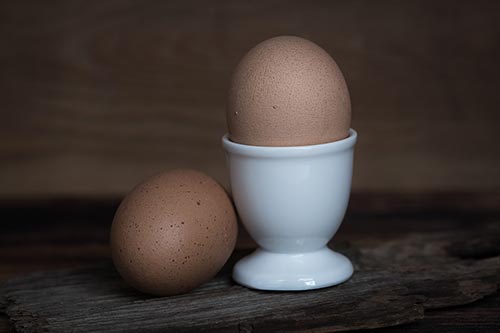








When I lived in Iran I had to freeze everything! if something was available at the market, we’d buy and freeze in small portions. Eggs were beaten and frozen – 6 eggs for omelets, with a pinch of salt. 2 eggs for baking with a pinch of sugar, etc. We were lucky enough to get wheels of Gouda cheese imported from Holland. We always had cheese in the freezer!
Thank you for your comment and the info 🙂
Freeze tomato paste in an ice cube tray, pop out and place in freezer bag (keeping the cubes flat and in line). This way already “measured” for that 1 or 2 Tablespoon addition to your recipe.
Very good information! Thank you!